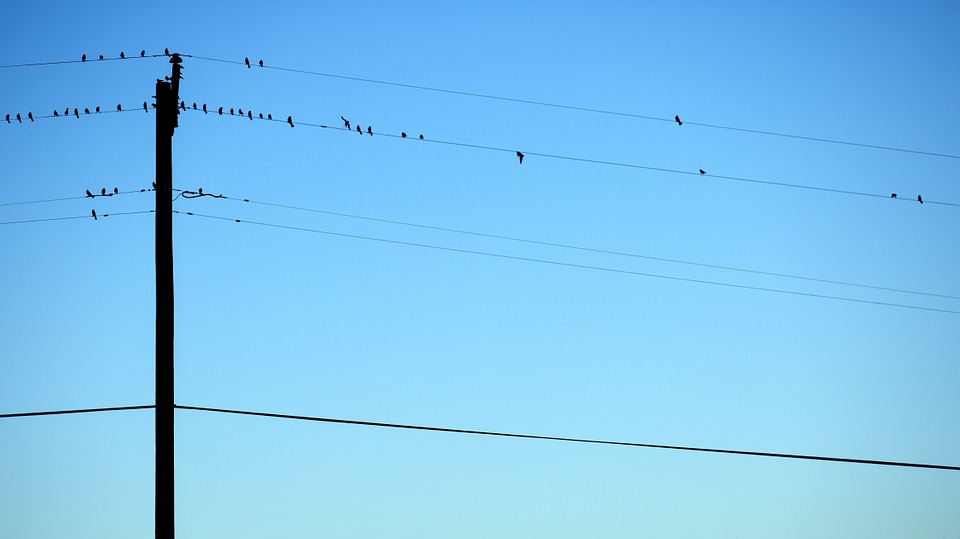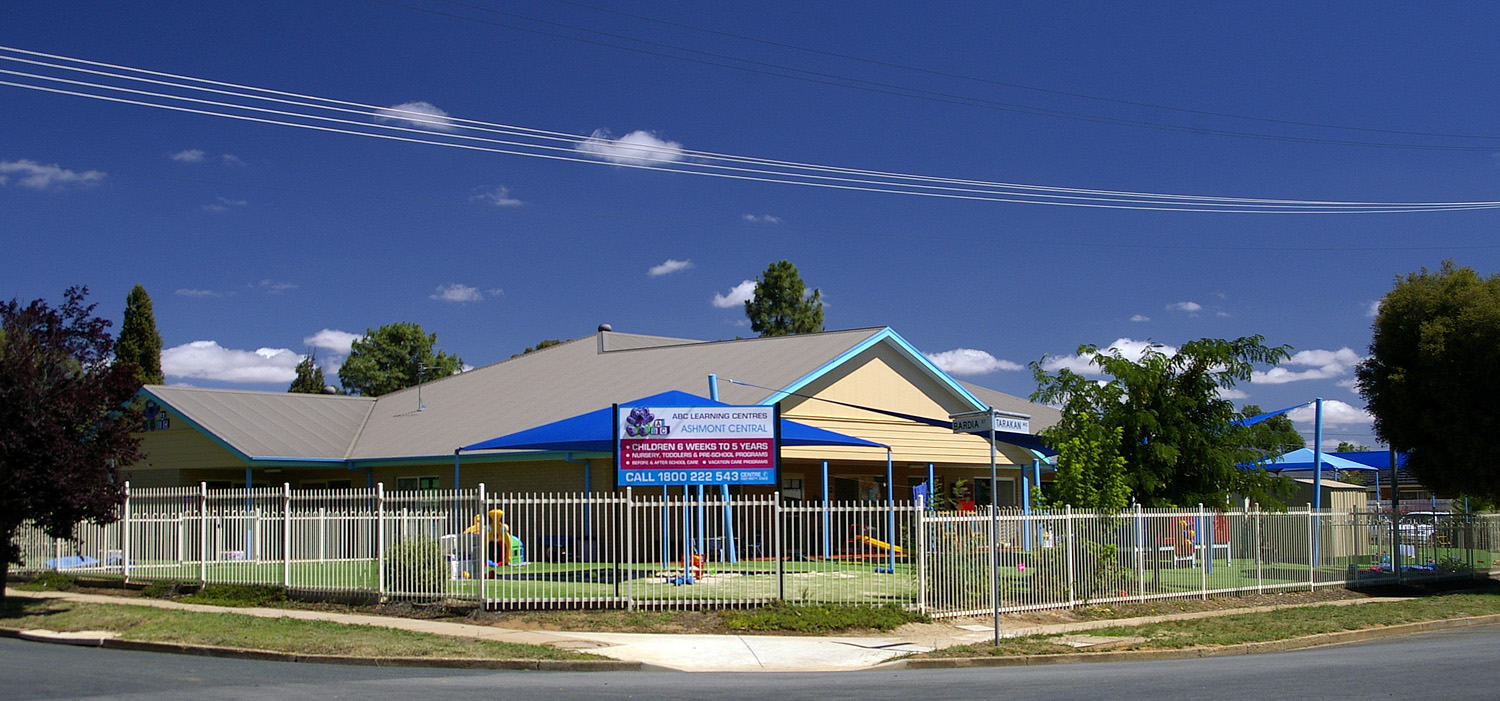Setting the Scene
In the 2007 and 2010 election campaigns, broadband policy caused significant headaches for the Coalition. In 2007, the first Rudd Government came to power promising to get Australia up- to- speed by rolling out a new $4.9 billion fibre to the node (FTTN) broadband network across Australia. The broadband policy was a symbol of the new, fresh Labor Party, and was used by Kevin Rudd to contrast with a seemingly ‘out of touch’ government.
Once in government, Prime Minister Rudd and Stephen Conroy (the then Minister for Communications) dumped the policy, following a failed $30 million tender process. It was replaced with a vastly expanded National Broadband Network (NBN) and a fibre to the premises (FTTP) network at an announced cost of $43 billion.
Despite the Rudd Government’s failure to deliver its initial broadband policy, and amid claims the new plan was quite literally written up on the back of an envelope mid-flight, the NBN was popular with voters. It was sold as a “nation-building project” on the scale of the Snowy Mountain Scheme. Many argue that the Coalition’s failure to successfully communicate an alternative proposal contributed heavily to their election loss in 2010[1].
Following the 2010 election, Tony Abbott appointed Malcolm Turnbull, former Leader of the Opposition and one of the founders of Ozemail, as Shadow Minister for Communications and Broadband.
Mr Turnbull has since taken much of the gloss off Labor’s NBN. According to the Coalition, under Labor’s watch, no proper cost-benefit analysis or due diligence was undertaken for the project, which will result in a $90 billion cost blow-out by 2021.
This, in addition to recent controversy surrounding asbestos exposure in building the network and poor take-up rates in areas with NBN access, has moved the program from being a symbol of a modern party in touch with the needs of the 21st century economy to a symbol of the government’s inability to deliver its policies.
The Coalition’s Plan
In preparing its broadband policy, the Coalition has taken a pragmatic approach to ensuring that Australians have access to fast internet while taking into account the potential for new technological developments. At the core of the Coalition’s plan are the following proposals:
Priority roll-out for regions lacking acceptable internet services.
Download speeds of between 25 and 100 megabits per second by the end of 2016 and 50 to 100 megabits per second by 2019.
A commitment to extend FTTN rather than the premises, which allows internet speed to be increased significantly without the massive capital cost of extending to every home. FTTP would continue to be rolled out in areas such as business districts where demand is justified.
Projected lower average costs to the consumer of $66 per month rather than at least $90 per month under the Labor model.
A total expected cost for the Coalition’s proposal of $29.5 billion compared to between $44.1 billion and $90 billion.
A commitment to accountability and transparency through an independent audit into the design of Labor’s NBN and reviews of the long-term structure and regulation of telecommunications.
The ABC’s Lateline program hosted a debate between the Deputy Prime Minister and Communications Minister, Anthony Albanese, and Mr Turnbull. A video of the debate as well as the transcript can be found here.
Details of the Coalition’s Plan for Fast Broadband and an Affordable NBN can be found here.



